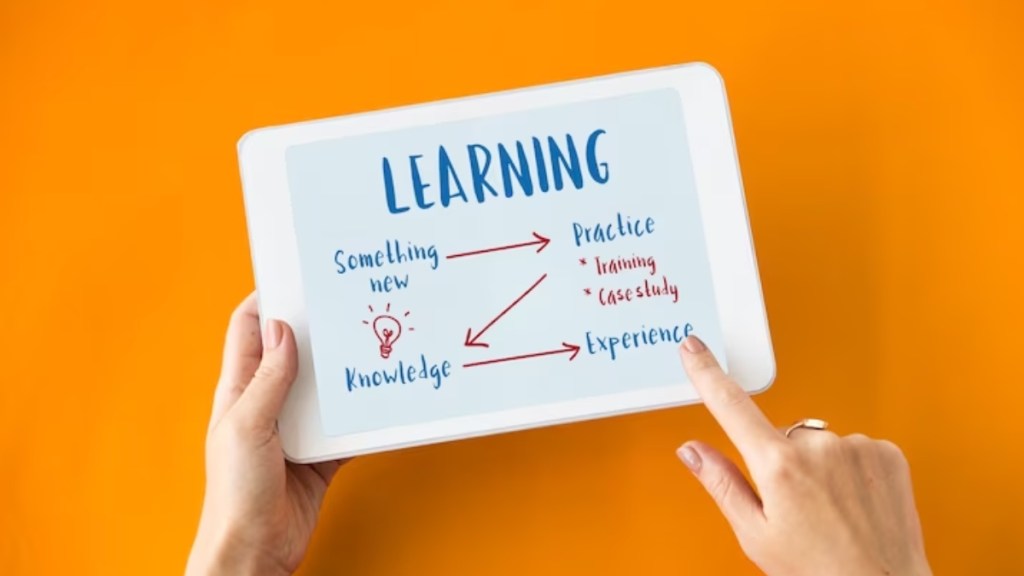By Ankur Dhawan
Nalanda was an ancient seat of learning which flourished in India from the 5th to the 12th century. Today, as you walk through the ruins, you are taken back to that era when education and knowledge were not easily accessible to all. Nalanda at its peak had 2,000 teachers and over 10,000 students travelling from as far away as China, Korea, Japan, Tibet, Mongolia, Turkey, Sri Lanka, and South-East Asia to live and study there. One can imagine how difficult it would have been to travel thousands of miles in those times. Fast forward to today, and we find ourselves living in a world where education has no geographical constraints, thanks to the marvel of distance learning.
The system of traditional education where students gathered together in one place to learn from a teacher continued over the centuries, till the early 19th century, until Chicago and USA discovered a new way of teaching. One that did not require students to gather around at the same place every day- Correspondence courses. Changing the course of learning in unimaginable ways. Later augmented by rapidly growing technologies and enhanced communication methods, it made education accessible for all
The gospel of distant education spread far and wide, a revolutionary move in the education landscape. Further lead to dozens of public as well as private education institutions beginning to offer correspondence courses. Radio and television becoming the prime sources of providing distance education. In fact, in India, the first television broadcast in 1959 telecast a two-hour weekly educational program for children and farmers, expanding in 1961 to include a School Educational Television (STV) project.
The digital revolution of dot.com towards late 20th century, changed the landscape altogether. Geographical boundaries completely blurred, as education became accessible from institutions across the world. We could sit in one corner of the world and learn from the other, somewhat magical for the time. However, there are always two sides to a coin. While some saw it as a boon, many looked down on distance learning, vouching for traditional classrooms to be real learning spaces. Distant learning models were thought of secondary or less rigorous alternatives to traditional classrooms.
Nevertheless, digital learning platforms continued to gain ground, offering a plethora of courses on myriad subjects. Emergence of online educational platforms, changed the game of learning, making it more engaging and interactive than regular classrooms. They aimed to provide quality education that is easily accessible at affordable prices. These platforms used videos, animations, quizzes, and more to create a rich, interactive learning environment that rivals, and in some cases surpasses, traditional teaching methods. The flexibility of self- paced learning made higher education and skilling a feasible and enhanced process.
Recent years have witnessed the integration of AI into these platforms, transforming the landscape of distance learning yet again. AI adds a personalised touch, tailoring the learning experience for each student as per their needs and optimising their learning paths. Virtual Reality (VR) and Augmented Reality (AR) add a new dimension, providing immersive learning experiences where learners can virtually visit historical sites, explore the human body in 3D, or even conduct virtual lab experiments to make learning more engaging and interactive.
As a result, distance learning is no longer seen as just a convenient option but as a potent and highly effective educational model that competes head-to-head with conventional educational methodologies, offering more flexibility, accessibility, and customisation.
Today, the frontier of distance learning is being shaped by Generative AI to interact with a student just as a teacher would. To analyse their performance, identify areas of weakness, and tailor content accordingly for a personalized learning path. Chatbots and virtual assistants give learners instant clarifications on doubts to make the learning process smoother and optimise every student’s chance of success.
From correspondence courses delivered via postal mail to the sophisticated online platforms of today, distance learning has transformed the educational journey into a lifelong one that can be pursued anytime, anywhere. As we stand at the cusp of further technological advancements, one thing is clear: distance learning will continue to evolve, breaking barriers and reshaping the way we think about teaching and learning. Gifting India the opportunity to become the New Age talent capital of the World!
The author is president of upGrad Abroad. Views are personal.


